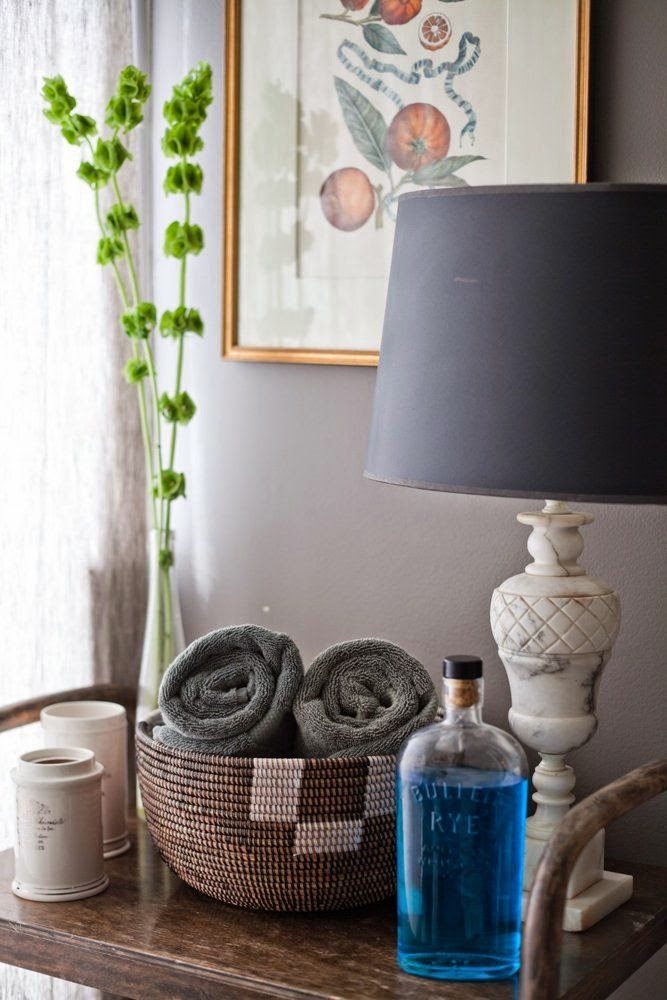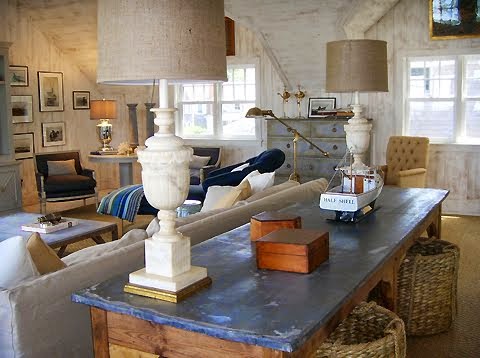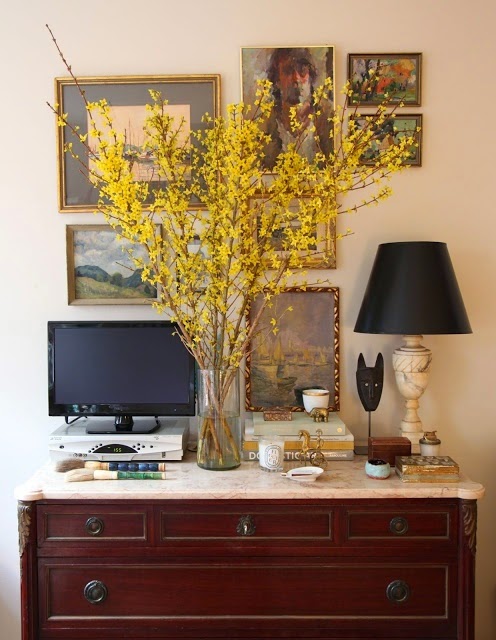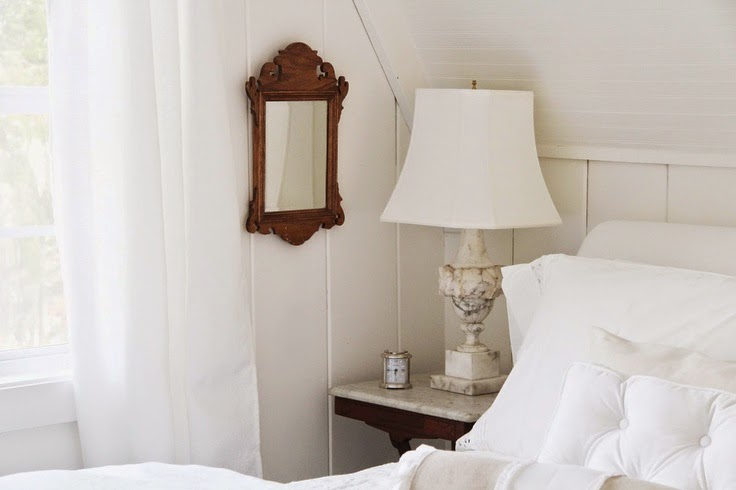Alabaster Lamps: Classic Decor
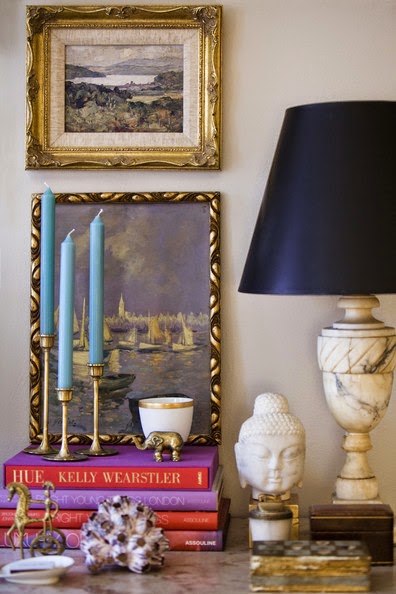 |
| Alabaster Lamp Source |
I'm calling it: Alabaster is back! This Other common names for this material include Onyx-Marble, Egyptian Alabaster, and Oriental Alabaster. In case you're wondering (like I did after compiling the images for this article), Alabaster is made from an array of materials derived from two unique minerals: calcite, which is a carbonate of calcium, and gypsum, a hydrous sulfate of calcium.
So what does that mean?
Well, calcite is mined from the floors and walls (stalagmitic deposits) of limestone caverns, or from lime deposits found in springs with water containing calcium (calcareous water). Notably, this material is often referred to as Onyx , due to the way in which it is deposited in layers, creating beautiful bands throughout the marble when cut. Gypsum is a common mineral, it is largely found throughout England, however it was used across ancient Egypt and Mesopotamia for small sculptures, particularly in temples for deities and devotional vessels dating back as early as the early 3rd century BC. Our ancient ancestors in Egypt and the Far East produced some of the earliest examples, using Alabaster to adorn their sarcophagi, carve small sculptures, vases, perfume bottles and countless other decorative and functional objects. In ancient European cathedrals, alabaster was used for carved relief art panels as altar pieces, and even for the windows because of its translucency when cut into thin sheets.
Well, calcite is mined from the floors and walls (stalagmitic deposits) of limestone caverns, or from lime deposits found in springs with water containing calcium (calcareous water). Notably, this material is often referred to as Onyx , due to the way in which it is deposited in layers, creating beautiful bands throughout the marble when cut. Gypsum is a common mineral, it is largely found throughout England, however it was used across ancient Egypt and Mesopotamia for small sculptures, particularly in temples for deities and devotional vessels dating back as early as the early 3rd century BC. Our ancient ancestors in Egypt and the Far East produced some of the earliest examples, using Alabaster to adorn their sarcophagi, carve small sculptures, vases, perfume bottles and countless other decorative and functional objects. In ancient European cathedrals, alabaster was used for carved relief art panels as altar pieces, and even for the windows because of its translucency when cut into thin sheets.
One of the most beautiful ways to incorporate alabaster into your home's decor is in the form of a lamp. There are lots of vintage and antique alabaster lamps for sale out there, especially on eBay and Etsy. Here are some inspirational images to help you visualize the use of this classic material in home decor, as you will see the possibilities are endless across all styles:

 |
| Source |
 |
| Source |

Country Living Source



